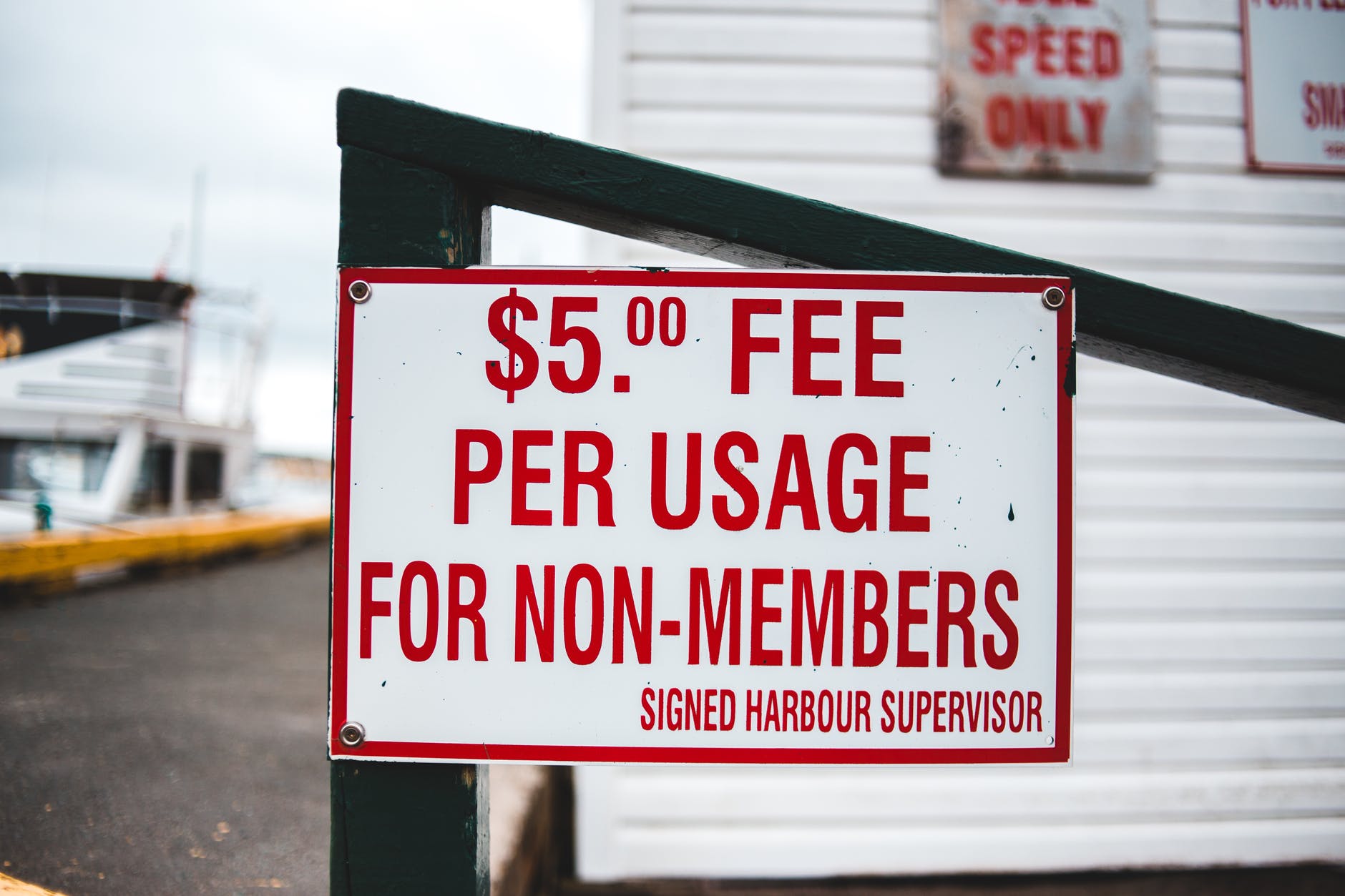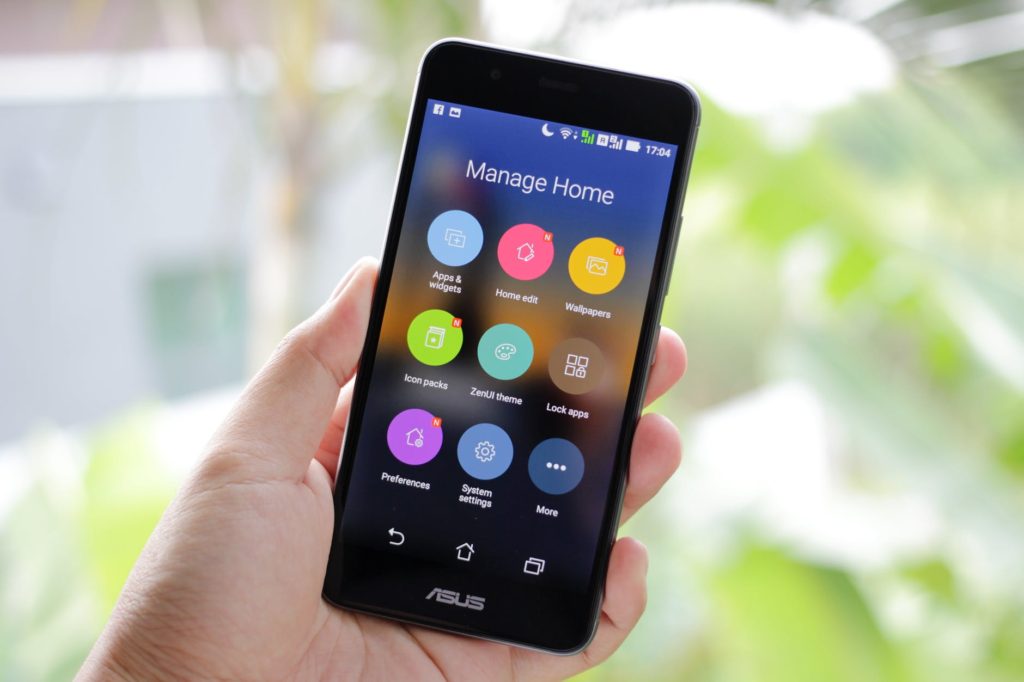The greatest trick the Devil ever pulled was convincing the world he didn’t exist. That’s one of the more famous quotes that applies perfectly to this situation. As we are trying to answer the question of whether roaming still exists. The thing with roaming is that although it does still exist it’s also true that it has evolved. In earlier days of cellphone technology you could incur roaming fees even if you never left the country. It’s weird to think about that now, because pretty much the entire world is covered in national networks. The issue back then though, was that roaming applied to calls. If you were trying to make a call outside of your hometown you were effectively making a long distance call. These days your whole country is essentially your safe zone.
There’s no reason for a call from New York to California to cost more than a local call within the confines of Manhattan island. These days though, roaming can be even more dangerous when it comes to data consumption. The good thing is that for the most part, roaming only applies to data that is used when you’re outside of the country. Now, that doesn’t mean that roaming is the only extra cost that you could incur when using your phone. There are different ways that phone companies can hit you with extra fees or force you into adding things to your regular plan for better coverage. We’re going to try and cover all of this as we explore the concept of roaming. Does roaming still exist? It does, and it has evolved!
- Does Roaming Still Exist – Strictly Speaking Why Does Roaming Exist?
- What Wireless Service Providers Have Done To Try & Mask Roaming Fees
- How Much Can Roaming Actually Add To Your Bill?
- Does Roaming Still Exist? – What Other Fees To Be Aware Of
- Ways To Avoid Roaming
- Roaming In Calls Can Be A Double Whammy
Does Roaming Still Exist – Strictly Speaking Why Does Roaming Exist?

A lot of people could get the sense that roaming is just a fee that wireless service providers want to charge because they want to bleed more money out of their customers. While we can’t really know the motives that each company has, one of the main reasons why roaming still exists is because wireless service providers have to use outside networks to get you coverage outside of the country. Now, there are wireless service providers that have networks in other countries. AT&T comes to mind when talking about service providers that have networks all over the world. Those companies still charge roaming fees!
It’s a bit of a technicality why we see this. Even companies that have networks in other countries would argue that their American network isn’t run by the same company as their Mexico network. It’s a subsidiary that runs the other company. Essentially your home network has to pay the other service provider to be able to get you coverage when you’re abroad. That’s the main reason why we have roaming fees. Your network is not going to pay another company to be able to get you coverage. You have to make that investment. These days there are other ways to be able to get coverage. Therefore, bypassing roaming fees is easier today than it ever has been. We’ll get to that eventually though.
What Wireless Service Providers Have Done To Try & Mask Roaming Fees

The thing with roaming fees, and the main reason why people now ask the question, does roaming still exist, is that wireless service providers don’t call them roaming fees. Verizon for example has a pay scheme for international usage that they call the pay as you go plan. Those are roaming fees, there’s really no way around that. The good thing about these fees at least in the case of Verizon is that you have a pay scale that you can look at. When you have to use your phone in an emergency situation, and you’ll incur roaming fees, it’s certainly preferable to understand what you’re getting into.
Another way that companies have gotten around this is by talking about overage fees. What some service providers do is offer coverage for people who go abroad. The problem is that they offer very limited coverage. So what ends up happening is that users end up having to either add minutes or data to their plan or fall into a more traditional roaming pay scale. Even if the service provider doesn’t call these roaming fees when you’re getting charged an excessive amount for data or minutes we can call that roaming. So does roaming still exist? The answer has to be yes. The only thing is that companies sometimes don’t call it roaming anymore. The hefty fees, though, are still there.
How Much Can Roaming Actually Add To Your Bill?
If you incur in roaming fees, how much can you realistically expect to pay? Well, the company that has some of the clearest roaming fees is Verizon, and the pay as you go plan. With them you can expect to pay up to $2.05 for each MB that you use up. The average monthly data usage for a cell phone owner in America is around 2GB on the low end. Some people use up to 5GB of data a month and beyond. Using up your usual monthly data completely on roaming fees could set you back up to 2 thousand dollars! With that in mind, it makes sense to try and avoid roaming fees at all costs.
Calls are also going to set you back a pretty penny. Depending on where you are in the world you could see a call rate of up to 2 dollars a minute. This is another one of the things that you have to account for to make sure that you come home to a massive phone bill. There are different ways that you’re going to be able to avoid these fees. One of the things that you can do is stick to getting coverage through wifi, and only making calls through apps. Otherwise, you’d have to buy an add-on for your plan to be able to get coverage when you’re abroad. A day pass can set you back 10 dollars a day for example for what is more or less “unlimited” coverage.
Does Roaming Still Exist? – What Other Fees To Be Aware Of

We kind of alluded to this issue at the end of the last paragraph. There are other types of fees that companies are now charging users that want to use their phone abroad. These fees aren’t necessarily the traditional roaming fees. T-Mobile is the perfect example in this realm. What they’ve done is that they’ve told their users that unlimited plan clients are able to use their phone abroad with certain regularity. The problem with that is that the company puts a speed cap on the data that you’re able to use abroad. After you’ve used a limited amount of MB per day the speed that you’re allowed to surf the web at is going to go down to 2G. If you’re used to 4G or 5G speeds the drop off is going to seem rather significant.
In fact, it could be said that T-Mobile is counting on the fact that the drop in speed will be something that’s too much to bear for most people. That’s going to lead them to buy international passes with them to be able to navigate with more normal speeds. If you do that they’ve got you hooked for a bill of at least 10 dollars a day per line for any days that you’re going to be abroad. This is the rate that most companies end up charging for the travel passes that they offer. We can’t say that these are technically roaming fees. There are, however, other fees that you need to be aware of.
Ways To Avoid Roaming
There are certainly a couple of ways to avoid roaming as you travel outside of your coverage zone. We’ve explored plenty of them on this site. We want to go over some of the main options that you’re going to have. If you want to make sure that you are able to keep access to your regular number and make calls, and texts with a certain degree of regularity then the travel pass is the best option for you. Yes, you can pay up to 10 dollars a day for the coverage. However, 10 dollars a day is a small amount compared to what you could end up paying if you stick to roaming fees.
You could also just go around looking for public wifi. This is essentially the cheapest way to be able to get coverage abroad. You can access free networks, and make calls and texts through apps. The downside to this option is that you may find that using public Wifi networks isn’t necessarily a safe, and reliable way to get coverage. Getting a local SIM card or eSIM card can be the best way to get reliable coverage at a lower cost. The issue with this option is that you may lose access to incoming calls on your regular number. That’s something that you could potentially work your way around in specific cases. This is just a quick overview of the options, if you want to know more be sure to look through other articles on the site.
Roaming In Calls Can Be A Double Whammy

You need to make an emergency call so you’re going to take your chances and make the call through the roaming pay scheme. Although, this is certainly the ideal situation that you want to be in, there are instances where you may find yourself in a difficult situation that you can’t really control. What you want to control though is the data usage that you’re putting in when you activate the phone to make the call. The reason why we say that making calls can be a double whammy is because you can be using up your data as you’re making the call. If you allow your phone to activate data usage in apps that you may not have opened you could be getting hit with roaming for that data usage.
Let’s say that you turn on your phone because you want to make a phone call. In the process between turning on your phone and making that call you notice that you start getting Instagram or Facebook notifications. If that’s the case you are most likely incurring in data usage, and you’re going to be charged for that. When you really want to make sure that this doesn’t happen you should disable background data usage on your device. This is going to prevent any apps from popping up even when you haven’t directly clicked on them, and using up data while you’re trying to make a call.
Does Roaming Still Exist Conclusion

Roaming is very much alive and well, to the detriment of phone users everywhere. The key to avoiding roaming is to know where you’re getting coverage from. What we always say here on this site is that if you’re getting coverage in an area that you probably shouldn’t get coverage you should assume that you’re getting hit with roaming for said coverage. That being said, one of the biggest advantages of the current situation regarding roaming is that you’ll only have to worry about this when you’re outside of the country that you typically live in. Also, there are plenty of ways to effectively avoid roaming these days. Again, it comes down to understanding how you’re getting coverage to see how you’ll get charged for that coverage.
Roaming is still something that you’ll potentially want to avoid at all costs. Paying roaming fees can take your regular bill, and make it shoot through the roof. In a day of data usage on roaming fees you could double your monthly bill. When you look at it that way, paying 10 dollars a day for the travel pass doesn’t seem like such a bad idea. As we mentioned before, one of the main benefits that current cell phone users have is that there are a multitude of ways to avoid paying roaming fees. That’s not to say though, that roaming doesn’t exist.
Get An E-SIM Card To Access Low Cost Coverage In Any Country In The World

In doing so you’ll be supporting us create more content to help you find coverage as you travel. At the same time you may be solving the issue that you came here for help on!
